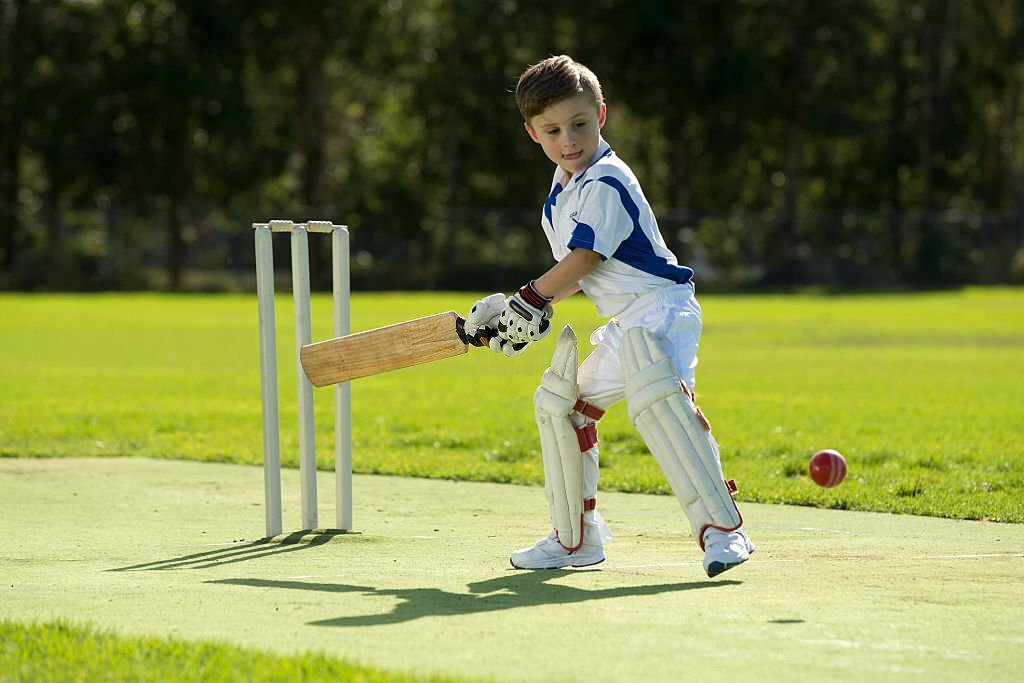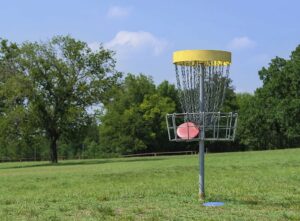Are your kids interested in trying out a new sport? Cricket might just be the perfect choice! In this blog post, we’ll guide you through the basic rules of cricket, playing techniques for kids, and fun drills and games to help them master this exciting game. Whether they’re beginners or already have some experience, our tips will set them on the path to becoming skilled cricketers. Let’s dive right into the wickets and runs of cricket for kids!
Basic Rules of Cricket
To play cricket, two teams take turns batting and fielding. The objective is to score runs while the other team tries to take wickets. Each team has 11 players on the field at a time. The bowler from the opposing team bowls the ball towards the batsman, who tries to hit it and score runs by running between wickets. Beginners should focus on learning proper bowling techniques and understanding how to score runs effectively.
In cricket, a batsman can be dismissed in several ways, such as getting caught by a fielder or being run out while running between wickets.
In cricket, there are various ways for a batsman to be dismissed or “out.” This includes getting caught by a fielder after hitting the ball in the air, getting bowled out when the ball hits their stumps, or being run out if they fail to reach a crease in time during running between wickets. By grasping these basic rules of cricket, beginners can start enjoying this exciting sport with ease.
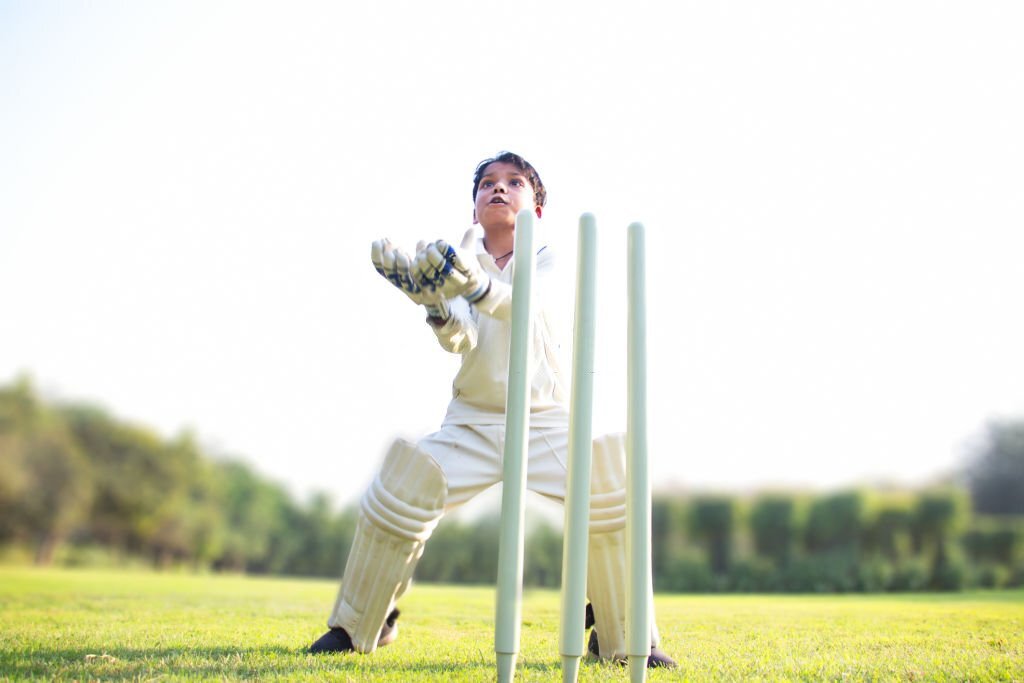
Understanding the Pitch
Dimensions and markings on the pitch:
- The cricket pitch is a rectangular area in the middle of the field, measuring 22 yards long.
- It is marked with two sets of creases: batting creases for the batsmen and popping creases for both bowlers and wicketkeepers.
The different parts of the pitch:
- The playing surface consists of three main areas: batting ends, bowling ends, and a central strip called the ‘wicket’.
- On either side are designated areas called ‘wickets’, where batsmen stand to protect their wickets.
How to determine a good length:
- When bowling, it’s crucial to find ‘good length’ deliveries that make it challenging for batters to play shots.
- A good length delivery should bounce just in front or around off stump, forcing uncertainty from batsmen.
Understanding these aspects will help beginners grasp how cricket matches unfold on pitches. By familiarizing themselves with dimensions, markings, various sections like batting ends and wickets along with determining good lengths when bowling can enhance their overall gameplay experience.
Equipment Needed
Cricket bat and ball: The essential equipment needed to play cricket includes a cricket bat and ball. The bat is used for hitting the ball, while the ball is bowled towards the batsman.
Stumps, bails, and wickets: Another important part of cricket equipment are stumps, bails, and wickets. Stumps are three wooden poles stuck into the ground that serve as targets for the bowler to hit with the ball. Bails are small pieces of wood placed on top of the stumps.
Protective gear like helmet and pads: To ensure safety during play, protective gear such as helmets and pads are necessary. Helmets protect players’ heads from potential injury when batting or keeping wicket, while pads offer protection to their legs from fast bowling.
The Roles of the Players
“Batsman” is the player responsible for scoring runs for their team by hitting the ball. They strive to accumulate as many runs as possible while avoiding getting out.
“Bowler” delivers the ball towards the batsman, aiming to dismiss them or restrict their ability to score runs. They use various techniques and strategies in bowling.
“Fielders” are players strategically positioned on the field to stop runs and take catches. Their role is vital in preventing the opposition from scoring too many runs and creating opportunities for wickets.
Scoring Runs
Running between wickets requires quick thinking and communication. The batsmen must assess the field placement, judge the speed of the ball, and run with coordination to complete a single run. It’s an opportunity for beginners to showcase their agility and teamwork in cricket.
Hitting boundaries is where runs really start to add up. Whether it’s a powerful four or a mighty six, batsmen aim to send the ball over the boundary rope. This requires good timing, technique, and strategic shot selection.
When bowlers deliver no-balls (illegal deliveries), batsmen are rewarded with free hits. This means they can hit without any fear of getting out on that delivery. It presents an excellent chance for extra runs as they look to punish these mistakes made by bowlers.
Taking Wickets
- Bowling out a batsman by hitting the stumps: The ultimate goal for bowlers in cricket is to knock down the batsman’s stumps. By delivering a well-directed and fast-paced ball, bowlers have the opportunity to hit the stumps directly and dismiss the batsman.
- Catching a hit ball before it touches ground: Fielders play an essential role in taking wickets by catching balls that are hit by batsmen. This requires quick reflexes and good positioning on the field. If a fielder successfully catches a ball before it touches the ground, it results in an out for the batting team.
- Run-out when fielder dislodges bails while batsmen attempt running: Another way to take wickets is through run-outs. When two or more batsmen attempt to complete a run between wickets, fielders can remove one of their bails while holding onto the ball, resulting in one of them being dismissed.
These methods form crucial aspects of cricket bowling and fielding strategies aimed at getting opposition players out efficiently during matches or games.
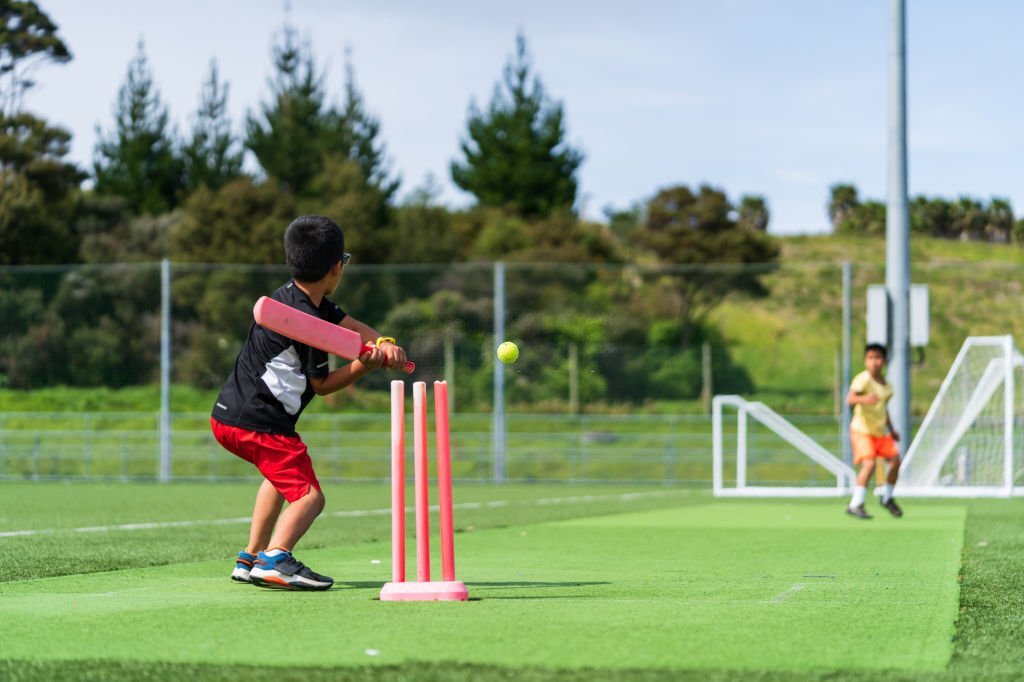
Playing Techniques for Kids
1. Hand-Eye Coordination: Developing hand-eye coordination is crucial in cricket. To improve this skill, kids can practice catching and throwing a soft ball with both hands, focusing on accuracy and timing. They can also try hitting a tennis ball against a wall using a bat to enhance their hand-eye coordination.
2. Batting Techniques: Teaching proper batting techniques to kids is essential for their success in cricket. Start by teaching them the correct grip of the bat and encouraging them to keep their eye on the ball at all times. Emphasize the importance of footwork and balance while playing shots, as it helps generate power and control.
3. Bowling Techniques: When introducing bowling techniques to kids, teach them how to hold the ball correctly with different grips such as seam-up or cross-seam grip depending on their age and skill level. Focus on teaching basic actions like run-up, delivery stride, release point, and follow-through while maintaining good body posture throughout.
4.Fielding Techniques: Fielding plays an integral role in cricket games too! Teach kids important fielding skills like catching technique (cupping hands), ground fielding (getting low with knees bent), backing up other players effectively, throwing accurately towards stumps or teammates – emphasizing quick reactions during drills will improve overall performance.
Remember that these techniques should be taught gradually according to each child’s abilities so they can enjoy learning cricket while developing their skills over time!
Hand-Eye Coordination
In cricket, hand-eye coordination is crucial for success. It allows players to time their shots and react quickly to the ball. Developing this skill helps kids improve their batting and fielding abilities.
Exercises to Improve Hand-Eye Coordination for Kids:
There are various exercises that can enhance hand-eye coordination in young cricketers. Activities like catching a tennis ball or playing juggling games encourage quick reflexes and better control over eye movements.
Drills and Games to Enhance
To further enhance hand-eye coordination, drills such as hitting a moving target or participating in mini-games like reaction challenges can be beneficial. These activities not only make training enjoyable but also help kids become more skilled at reacting swiftly during matches.
Batting Techniques
Basic batting stance and grip for young cricketers:
- Stand with your feet shoulder-width apart
- Hold the bat with both hands, slightly higher than the middle portion of the handle
- Keep your eyes focused on the bowler
Key principles of a proper cricket swing:
- Maintain a balanced posture throughout your swing
- Keep your head still and eyes level as you watch the ball closely
- Use controlled footwork to get into position for each shot
Common batting drills to develop technique:
- Shadow batting: Practice your footwork and shots without a ball, focusing on form and timing.
- Throwdowns: Have someone throw balls at you from close range to improve reaction time and hand-eye coordination.
- Net practice: Simulate game situations in the nets by facing bowlers while working on shot selection.
Remember that consistent practice is essential for improving batting techniques.
Bowling Techniques
Introduction to different types of bowling techniques such as fast bowling and spin bowling. Mastering the proper grip and body positioning is essential for effective bowling. Develop accuracy and speed in your bowling technique with these helpful tips.
Fielding Techniques
Fundamental fielding positions that kids should know about include the wicket-keeper, slips, and mid-off. These positions play a crucial role in defending against runs and taking catches. When it comes to catching, focus on keeping your eyes on the ball and using soft hands to cushion its impact. Practicing catching with different types of balls can help improve reflexes and hand-eye coordination. Throwing techniques are essential for accurate throws. Remember to grip the ball properly, step into the throw, and follow through with your arm for maximum power and accuracy. Regular practice will help refine these skills over time.
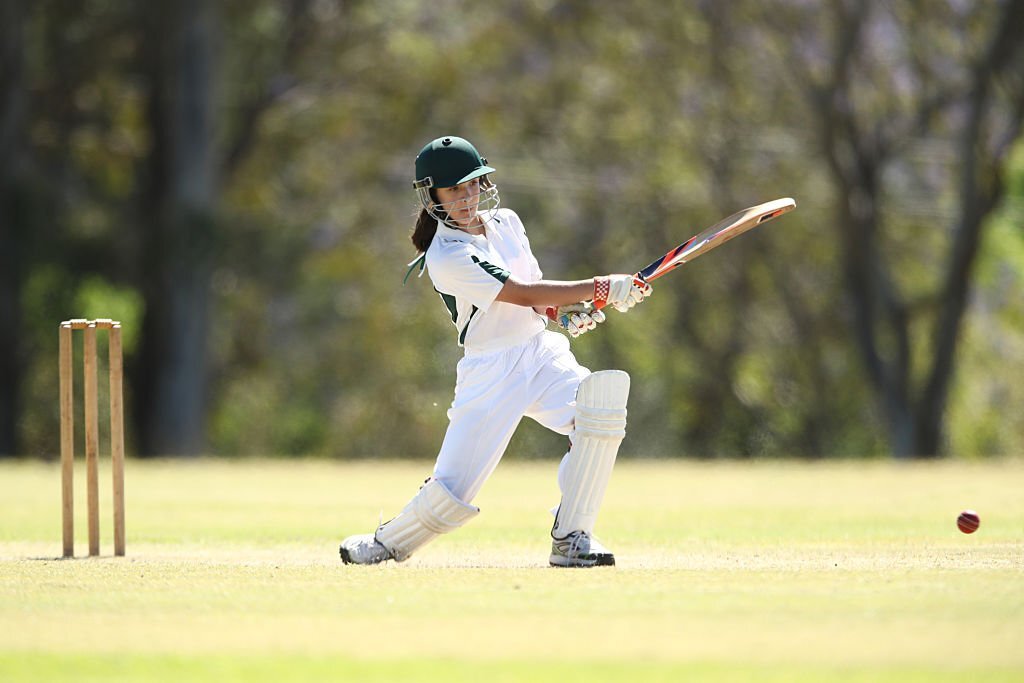
Fun Drills and Games
1. Cricket Relay Race: Divide the kids into teams and set up a relay race with cricket-themed challenges. Each team member must complete tasks such as hitting a ball, running between wickets, or catching a ball before passing the baton to the next teammate. The team that finishes all challenges first wins!
2. Catch and Run: Improve fielding skills while adding an element of fun with this game. One player throws the ball towards another player who tries to catch it without letting it touch the ground. If successful, they run towards one end of the playing area and back, earning points for each successful catch.
3. Stump Knockdown: Develop accuracy in bowling by setting up stumps at different distances from where players bowl from. The objective is to knock down as many stumps as possible within a given number of attempts or time limit. This drill can be made more challenging by placing obstacles in front of the stumps.
4. Indoor Cricket: Adapt cricket for indoor play by using softer balls and smaller playing areas such as gymnasiums or living rooms (with precautions). Modify rules accordingly to accommodate limited space while still maintaining essential elements like batting, bowling, fielding, and scoring runs.
Remember that these drills and games are meant to make learning cricket enjoyable for kids while building their skills in various aspects of the game!
Cricket Relay Race
Cricket Relay Race is an exciting and challenging game that combines the skills of cricket with the speed and teamwork of a relay race. Participants navigate through an obstacle course filled with cricket-related challenges, such as running between imaginary wickets and passing the baton like passing the wicket. It’s a thrilling way to enhance agility, coordination, and strategic thinking while having fun.
- Obstacle course with cricket-related challenges
- Passing the baton like passing the wicket
- Running between imaginary wickets
Catch and Run
Catch and Run is an energetic game that involves players taking turns catching and running with a ball. It focuses on improving hand-eye coordination and speed, while also encouraging teamwork as players support each other.
- Players take turns catching the ball
- Players then run with the ball
- Focuses on hand-eye coordination and speed
- Encourages teamwork as players support each other
Stump Knockdown
Bowlers take aim at knocking down stumps using soft balls or bean bags in the Stump Knockdown game. It’s a knockout-style competition where players are eliminated if their stump is hit. This fun and engaging game not only increases accuracy but also enhances bowling skills for players of all ages.
Indoor Cricket
Indoor cricket offers a thrilling opportunity to play the beloved sport in confined spaces. Modified rules and softer balls ensure safety indoors, making it ideal for all ages. This controlled environment fosters strategic thinking, allowing players to improve their batting, bowling, and fielding skills with precision.
